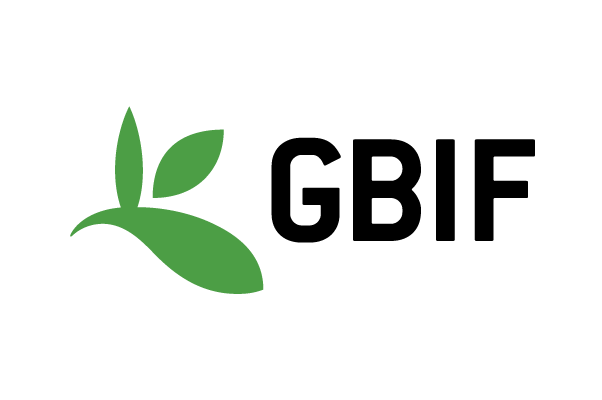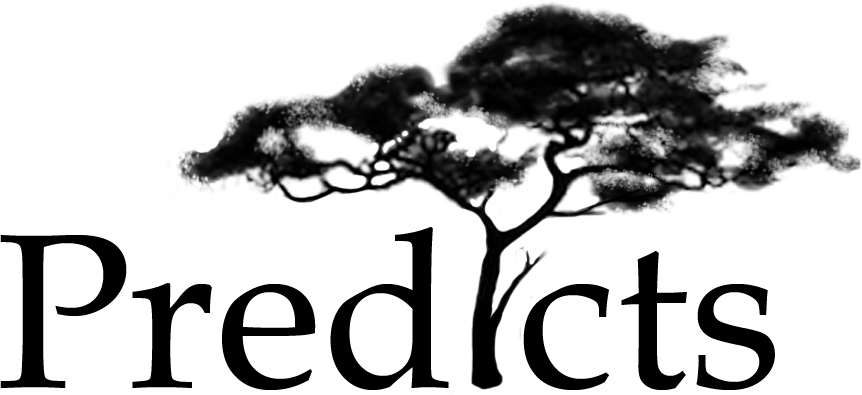The Biodiversity Habitat Index uses biologically-scaled environmental mapping and modelling to estimate impacts of habitat loss, degradation and fragmentation on retention of terrestrial biodiversity globally, from remotely-sensed forest change and land-cover change datasets.
| EBV class Community Composition Species distribution |
EBV class Ecosystem Structure Ecosystem extent and fragmentation |
Purpose
To provide a rigorous, yet the cost-effective, approach to estimating impacts of habitat loss, degradation and fragmentation on biodiversity globally, by linking remotely-sensed forest change and land-cover change datasets to recent advances in biodiversity informatics, ecological meta-analysis, and macro-ecological modeling. The Biodiversity Habitat Index is designed specifically as an indicator for measuring and reporting progress in relation to the Convention on Biological Diversity’s Aichi Target 5.
 |
CBD Aichi Target 5 Habitat loss halved or reduced |
Coverage
The approach uses data covering the entire terrestrial area of all countries of the world, at 1km grid resolution. This allows the Biodiversity Habitat Index to be calculated and reported at any desired level of spatial aggregation, ranging from individual 1km grid-cells up to whole ecoregions, countries, biomes and realms, or the entire planet. The approach utilises the full temporal coverage of Hansen et al.’s (2013, Science 342: 850-853) Global Forest Change dataset, i.e. 2000 onwards; and NASA’s (Friedl et al 2010, Remote Sensing of Environment 114: 168-182) MODIS Land Cover Change dataset, i.e. 2001 onwards. Changes in the Biodiversity Habitat Index can therefore be reported annually, including reporting Aichi Target 5 achievement for ten annual data points from 2011 to 2020 (assuming ongoing annual updating of the above two remote-sensing products).
Methods
Changes in habitat degradation and fragmentation are estimated across all terrestrial biomes by translating remotely-sensed land-cover change (NASA’s MCD12Q1 dataset) into land-use change through statistical downscaling of coarse-scale land-use mapping to 1 km resolution, and using the PREDICTS meta-analysis (Newbold et al 2015, Nature 520: 45-50) to assign habitat-condition scores to resulting land-use classes. Mapping of habitat change in forest biomes is further refined by incorporating Hansen et al.’s 30m-resolution Global Forest Change dataset. These habitat-change layers are then integrated with global modeling of fine-scaled spatial variation in biodiversity composition (beta diversity), derived by scaling environmental and geographical gradients using >300 million location records for >400,000 plant, invertebrate and vertebrate species. The Biodiversity Habitat Index resulting from this integration estimates change in the proportion of collective biological (gamma) diversity retained within any specified spatial unit (e.g. an ecoregion, a country, or an entire biome) as a function of habitat loss, degradation and fragmentation across that unit.

 Biodiversity Habitat Index
Biodiversity Habitat Index


